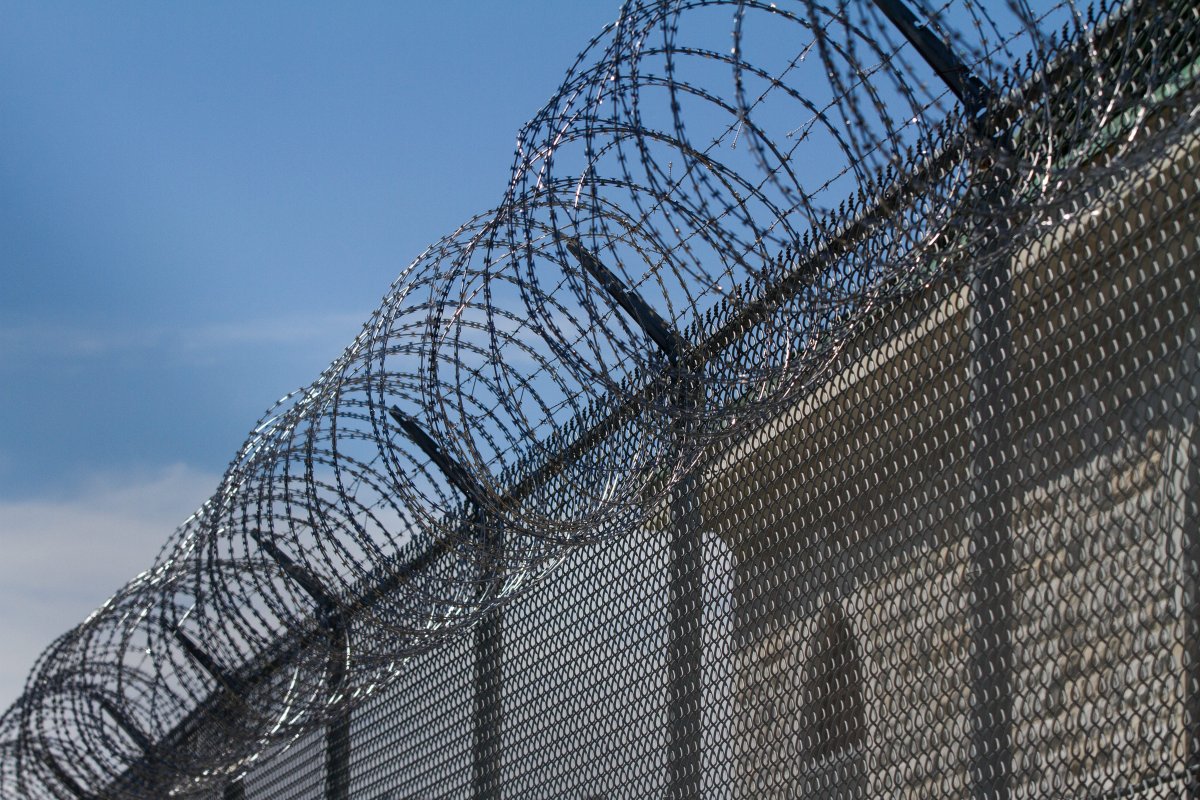The policies and procedures meant to prevent suicides in correctional centres weren’t properly followed in the lead-up to the 2016 hanging death of an inmate in the Dauphin Correctional Centre, a Manitoba judge has ruled.

Freeman Zong was found dead of asphyxiation in the showers at the correctional centre on July 14, 2016, according to an inquest report written by Justice Christine V. Harapiak.
Zong had been arrested three days prior after he shot a gun at his girlfriend and posted pictures to his social media of a cut on his arm, along with a message that suggested he wanted to die. His brother called 911.
He had been diagnosed with post-traumatic stress disorder earlier that year.
“Zong’s family was worried about him on July 11,” Harapiak’s report reads. “He had been abusing drugs and alcohol and had been threatening self-harm.”
He was deemed a medium self-harm risk by his admitting officer at the correctional institution, where he was taken after the cut on his arm was stitched at the hospital. He had denied wanting to kill himself, but the circumstances of his arrest led to the designation, the report says.
- Roll Up To Win? Tim Hortons says $55K boat win email was ‘human error’
- Bird flu risk to humans an ‘enormous concern,’ WHO says. Here’s what to know
- Halifax homeless encampment hits double capacity, officials mull next step
- Ontario premier calls cost of gas ‘absolutely disgusting,’ raises price-gouging concerns
He picked the stitches out of his arm and was taken to the hospital again on July 14.
According to Harapiak’s report, after a series of upsetting telephone calls after he returned from the second hospital visit, Zong went into his cell, made a ligature out of the bottom of a bedsheet, turned on the shower and hanged himself from a vent behind a blind corner in the washroom. It took 56 minutes for officials to discover his body.
Policies meant to prevent suicides in Manitoba jails — heightened supervision of at-risk inmates and increased communication, as well as training — weren’t properly implemented, according to the report.
The standing orders on suicide prevention direct all designated offenders get an individualized prevention plan, which wasn’t followed in Zong’s case. Medium-risk inmates are supposed to be directly checked on every 30 minutes and each correctional officer shift is meant to make full observations about their meals, emotional status, social interaction, sleep and hygiene.
Those full observations on Zong’s health weren’t made between 6:30 a.m. and 6:30 p.m. July 14, according to the report. No one was designated to do so.
Harapiak’s report contains recommendations to prevent more suicides.
They include assigning a case manager for at-risk inmates within 24 hours of their admission to the correctional centre. Harapiak also suggests developing a simple checklist with all of Manitoba Corrections’ suicide prevention policies to be reviewed by all correctional officers who interact with at-risk inmates on a given day.
Harapiak also recommended changing the correctional centre’s vents to security grade, which has already been done, according to the report.
She also recommended correctional staff communicate with phone contacts at-risk inmates request among other measures meant to ensure that existing suicide prevention policies are properly followed.





Comments